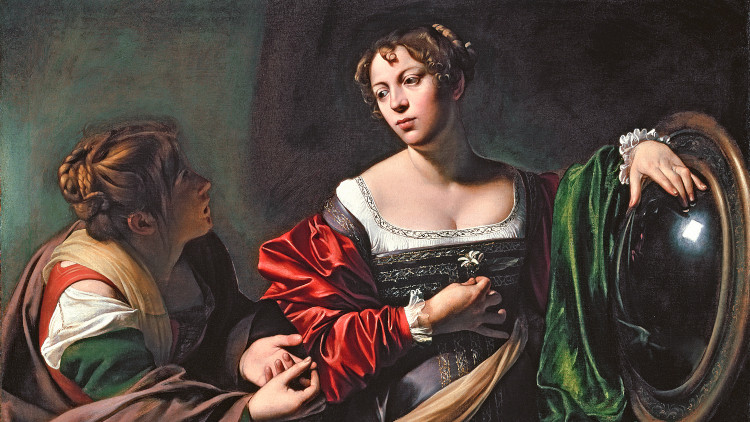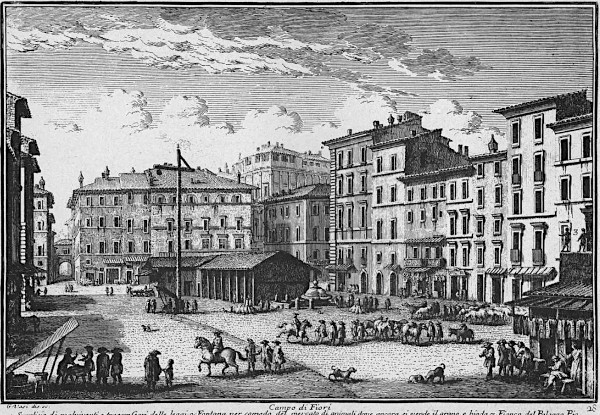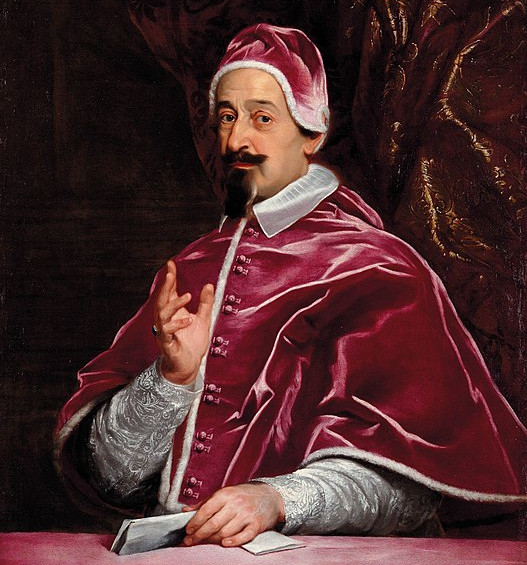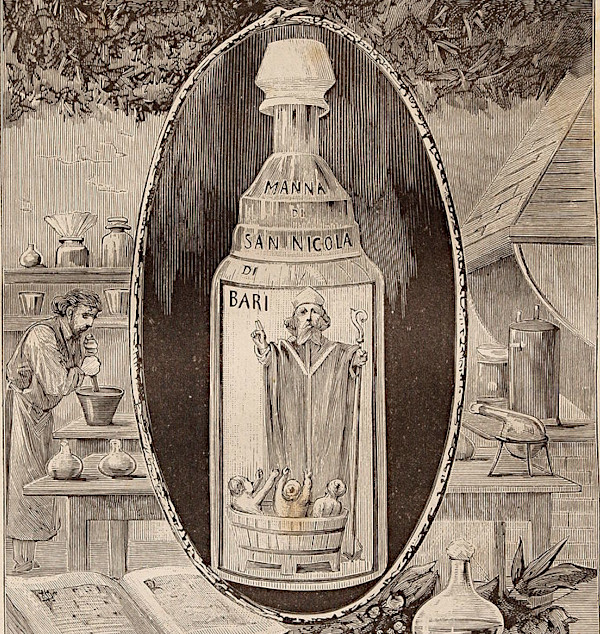
Giulia Tofana was a poisoner — but was she a murderer or a saviour, Cathryn Kemp asks. Her novel, A Poisoner’s Tale, is a dark retelling of Giulia’s story.
She is the legendary serial killer you may not have heard of. Giulia Tofana, a woman famed for the undetectable poison she unleashed upon the unsuspecting husbands of 17th-century Palermo and Rome.
More than 600 men throughout Italy, from dukes to commoners, are said to have been killed using her potion, Aqua Tofana, which contained a potent mix of arsenic, belladonna and lead. It took only a few drops to kill a man – and set a woman free.
In the days when divorce was the privilege of wealthy men alone, women had few choices. Girls were the chattels of their fathers, brothers and confessors. They had little power to choose their own lives and marriage partners. Female agency was suppressed, and, in many cases, non-existent.
There was only one way to rid yourself of a bad husband as divorce was impossible – for women anyway. In the shadowy backstreets of the Eternal City, a circle of poisoners was at work in an apothecary, a place for women to bring their heartbreaks and troubles, herbs for childbirth, tarot readings to tell their fortunes.
It is this circle of outcast women who were the dark heart of a notorious trial in 1659 that saw five women executed in Campo de’ Fiore for murder and witchcraft. All of Rome was scandalised, and no one more so than cultured Pope Alessandro Vll, heir to the wealthy Chigi banking family and a man hell-bent on hunting down witches and heretics from the gilded heights of the Vatican.
When news first reached his ears that men were dying like flies even in a city ravaged by plague, he set Inquisitor Stefano Bracchi on their tail. Bracchi unleashed a network of spies and informers who stalked the women like prey, reaching into the alleys and brothels, the taverns and churches to find those rumoured to be dispensing this tasteless, odourless liquid.
No man felt safe. Who could know if their broth or wine contained drops of this deadly elixir? Who knew if his wife or mistress, his daughter or sister had crept through Rome’s cobbled streets and winding alleyways to find the women who offered the promise of freedom?
Among Giulia’s circle were women who were shunned, widowed, poor and outcast. There were scryers, abortionists, midwives, sorceresses and La Strologa, or Girolama, thought to be Giulia’s daughter. There was Giovanna de Grandis, a midwife who joined Giulia in making her potion after fleeing Palermo for Naples, before heading to Rome together.
There was Maria Spinola, another Sicilian, who was a thief, prostitute and seller of charms and enchantments. There was Graziosa Farina, a wizened crone who dispensed the poison during Mass and at the washing streams, and periodically disappeared on pilgrimage.
Together with Giulia, they wreaked mayhem, hiding in their apothecary shop in Via di Corte Savella (now Via Monserrato), dispensing poultices, powders and potions for all the usual aches and fevers, while they brewed the deadly poison in the back rooms by moonlight.
Each measure was decanted into a small, glass vial on the front of which was the image of San Nicola di Bari – posing as a jar of holy water that could sit on any dressing table or table without arousing suspicion.
In amid the stench and filth of the underworld and the streets that lay so close to the centre of the Catholic world, prostitutes, wives and even a duchess, Anna Maria Aldobrandini, Duchess of Ceri, begged for their help.
It was the duke’s death that sealed their fates. As the net tightened around their enterprise, the Inquisition waiting to haul them in like shoals of silvery fish from the Tiber, they continued to risk everything to help free the women of Rome from their abusers.
But why did Giulia walk this deadly and dangerous path? Why did she risk her life – and that of her daughter and friends — when she’d watched her mother die in the full glare of the Sicilian sun? What drove her to help the abandoned and abused women of Rome?
In my novel, A Poisoner’s Tale, I offer a dark version of Giulia’s story that may well have been true. Her mother, said to be a woman called Teofania di Adamo, was executed in Palermo by the Holy Office of the Inquisition in 1633.
Contemporaneous accounts discovered in the city’s archives and state library, tell of a brutal and bloody death, parading the woman who had been tortured, through the streets, leading to her public execution for poisoning her husband, Francesco di Adamo, Giulia’s stepfather.
Perhaps it was her harrowing childhood and the death of her mother, a courtesan once so beautiful she commanded the admiration of King Philip lV, the Planet King. Perhaps it was born from anger, or revenge, or grief. Perhaps it was something darker, something inside Giulia herself that made her continue her mother’s work, creating her poison and continuing her legacy despite the dangers, despite the terrible risks.
Was she a murderer or a saviour? You, the reader, will decide.
A Poisoner’s Tale by Cathryn Kemp is published on 11 July, 2024.
Cathryn Kemp is a Sunday Times and Amazon number one bestselling ghostwriter and author, writing celebrity, inspirational, true crime, addiction and nostalgia titles. Her personal memoir, Coming Clean, won the Big Red Read Prize for Non-Fiction. A Poisoner’s Tale is her first foray into historical fiction.
cathrynkemp.com
Twitter/X
Instagram
Similar features you may be interested in reading:
Five infamous female poisoners by Elizabeth Fremantle
Elizabethan medicine: spectacularly wrong – and likely to kill you by SW Perry
Slashing the face: punishing unfaithful women in Italy by Deborah Swift
Images:
- Martha and Mary Magdalene by Caravaggio,1598: Wikimedia (public domain)
- Campo dei Fiori by Giovanni Vasi, 1752: Wikimedia (public domain)
- Pope Alexander VII Chigi by Giovanni Battista Gaulli, before 1677: Wikimedia
- Manna di San Nicola di Bari from Les Mystères de la Franc-Maçonnerie by Léo Taxil,1886: Wikimedia (public domain)
- Judith and her Maidservant by Artemisia Gentileschi, 1618–19: Palazzo Pitti via Wikimedia









